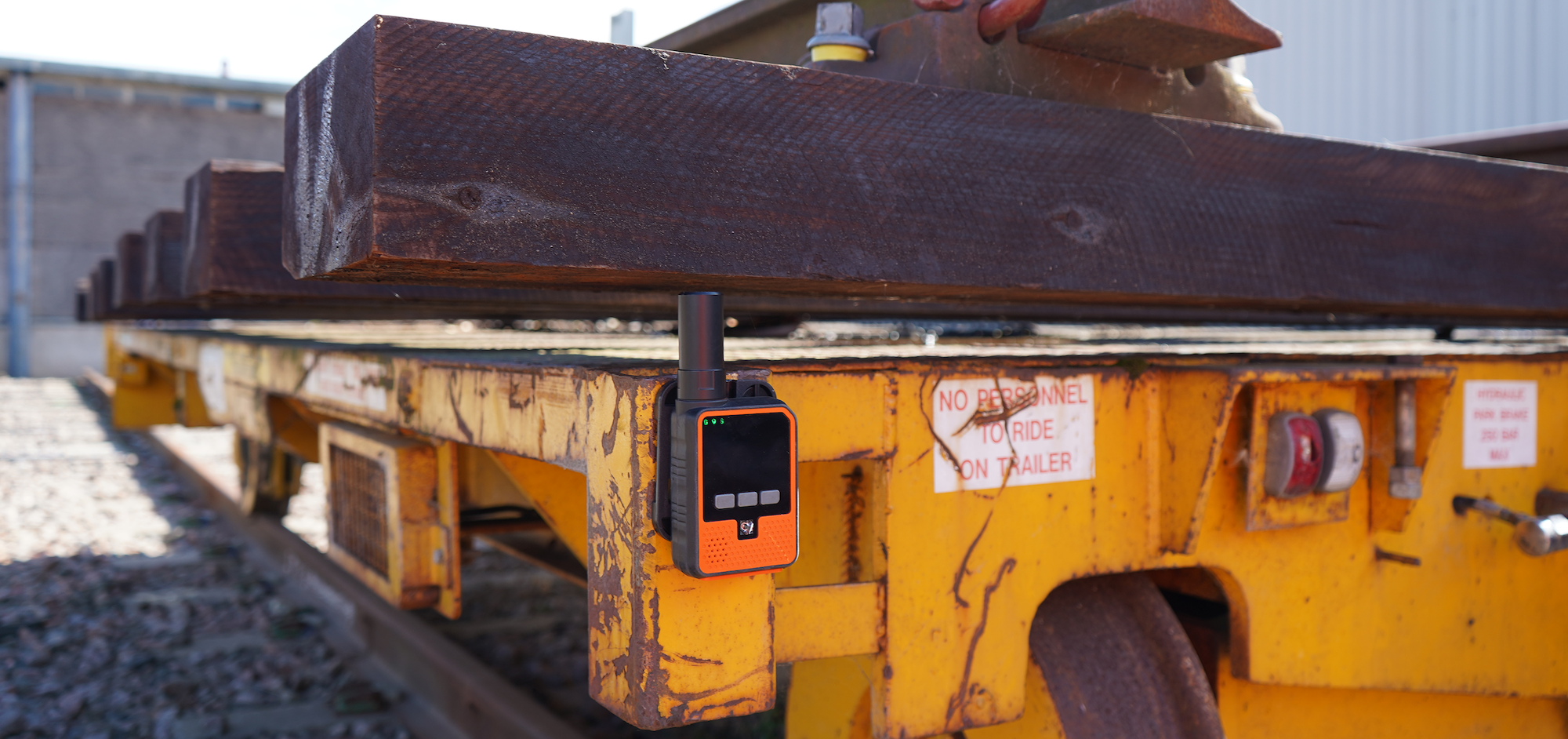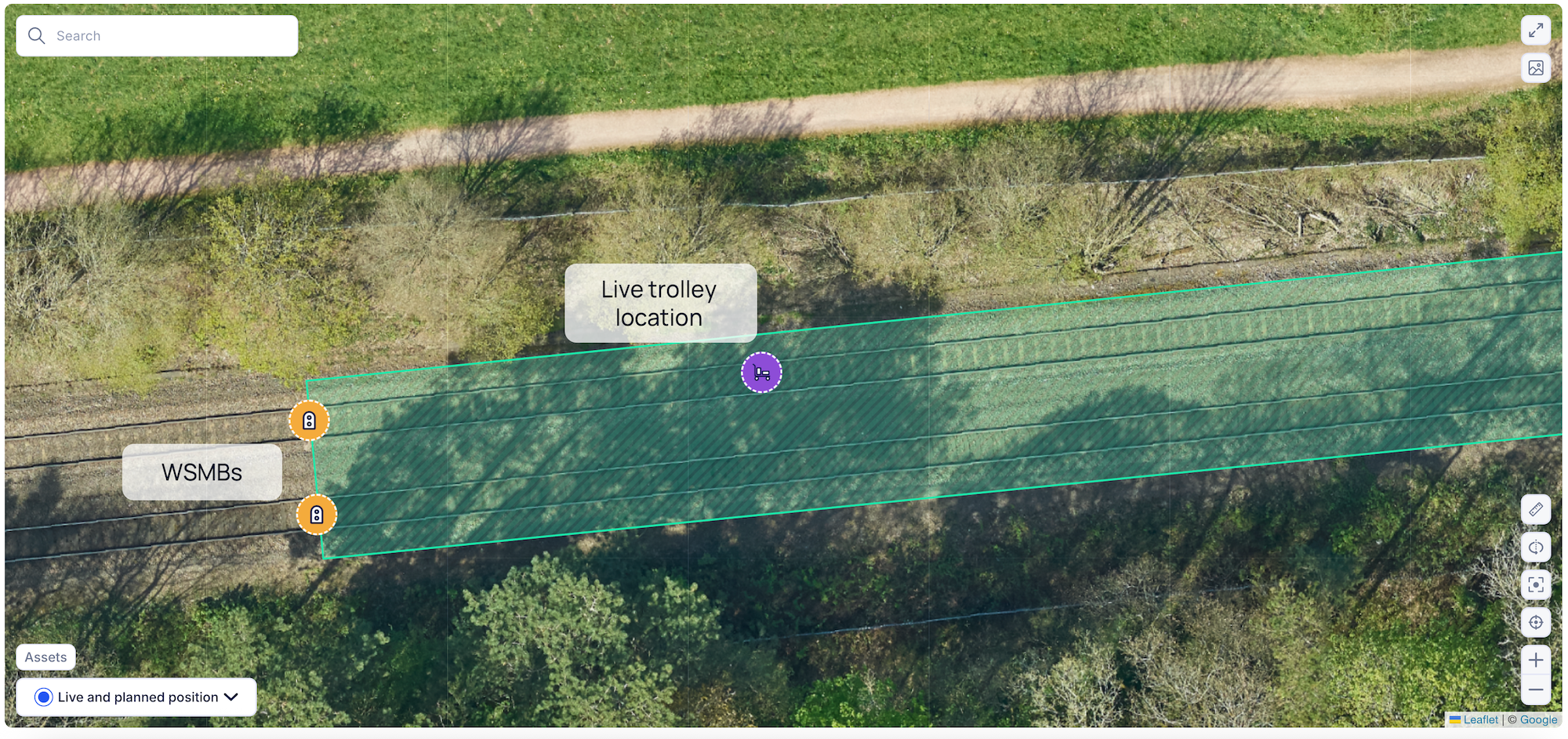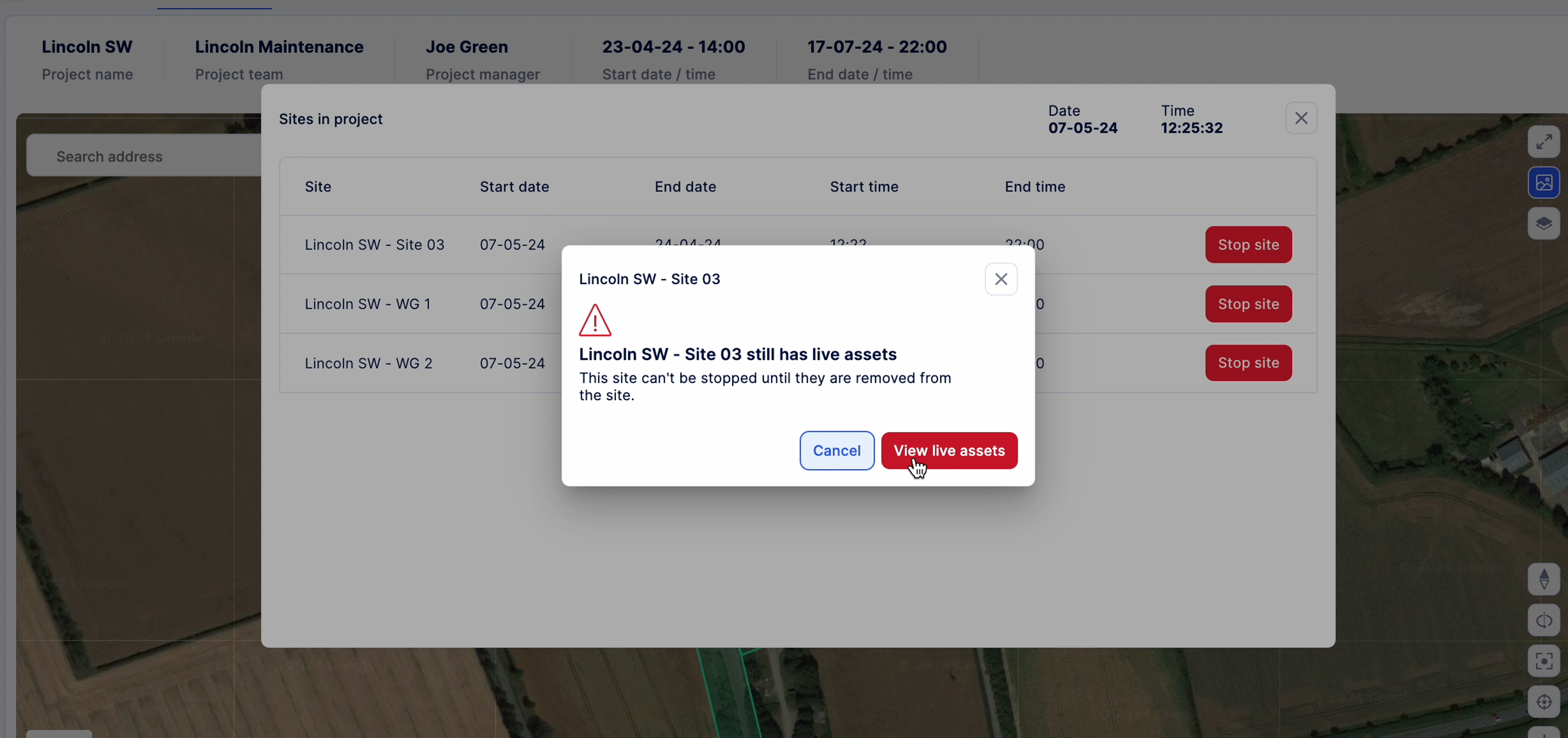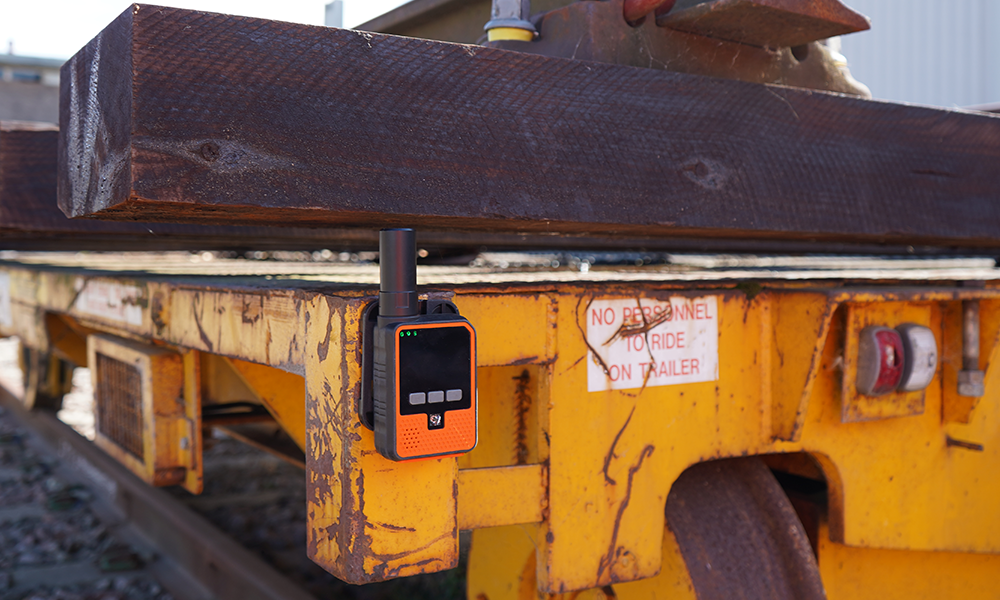Our monthly risk reduction series explores how geofencing technology can help mitigate specific safety incidents in the railway industry, offering practical insights and strategies for creating safer and more efficient work environments. In this edition, we cover how geofencing can help reduce the risk of objects left on the line.
Leaving equipment such as trolleys, worksite marker boards (WSMBs) or possession limit boards (PLBs) on the line after the completion of engineering works can have catastrophic consequences. Trains operate on strict schedules and at high speeds, meaning any unexpected object on the track could cause collisions, derailments, or damage to both the infrastructure and trains.
Beyond the safety risk, such incidents can result in:
- Service disruptions: even a minor obstruction can halt rail traffic, leading to delays, missed connections, and major inconvenience for passengers.
- Regulatory consequences: leaving objects on the line may breach safety regulations, exposing organisations to investigations.
- Financial repercussions: organisations may face fines, schedule 8 costs, repair costs, and insurance claims as a result of incidents caused by objects left on the line.
Fortunately, geofencing technology can be used to reduce the risk of objects left on the line and mitigate such outcomes.

Using geofencing to reduce the risk of objects left on the line
1. On an online Dashboard, a digital version of the worksite is created, and designated safe work areas can be mapped out based on the project plan.
2. Geofencing devices are attached to critical assets and equipment onsite, and then assigned to this digital worksite, allowing their real-time location to be visible on the Dashboard at all times.
3. The Engineering Supervisor (ES) can get a birds-eye view of the entire site and monitor the live movements of all plant and equipment throughout the shift, ensuring everything remains within the designated work area and is accounted for.
4. At the end of the shift, the ES will close the site on the Dashboard. If any equipment or plant is still detected onsite, the system issues an alert and prevents the closure of the site.
5. The Dashboard provides the exact location of any remaining equipment, enabling its swift retrieval. Once all equipment is successfully removed, the site can be successfully closed, and the line verified as clear.


By incorporating geofencing into railway projects, the risk of leaving assets and equipment behind on site is significantly reduced, as the system ensures that every asset is monitored, accounted for, and removed before a site is closed. In applying this technology, organisations can strengthen their existing safety protocols and help mitigate incidents involving objects left on the line.
Learn more here.




